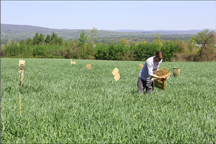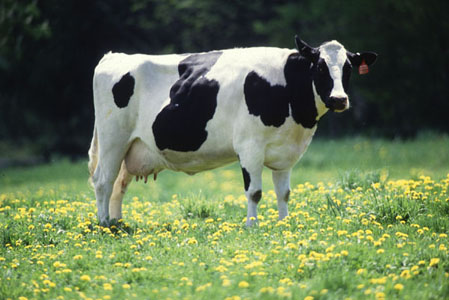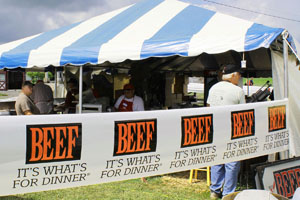NNYADP Research Results Available: Emergency Forage Options
Weather conditions in Northern New York impacts crop production and how much feed inventory farmers can stock to feed their livestock each year.
To help dairy farmers boost feed supplies to cover potential emergency needs, the farmer-driven Northern New York Agricultural Development Program funded research evaluating the use of double cropping in 58 field trials on farms in Clinton, Jefferson, Lewis and St. Lawrence counties. The results of the Winter Forage Small Grains to Boost Feed Supply: Not Just a Cover Crop Anymore project are now online on this website. The report includes both production and economic evaluations.
Double cropping involves growing two crops on the same acreage.
Click here to read more about the research evaluation results with comments from:
Project leader Dr. Quirine M. Ketterings, director of the Cornell Nutrient Management Spear program at Cornell University, Ithaca, NY;
Farmer Greg Hargrave, Brandy View Farm, St. Lawrence County, NY;
Crop consultant Eric Bever with Champlain Valley Agronomics, Peru, NY; and
CCE NNY Field Crops and Soils Specialist Dr. Kitty O’Neil, Clinton, Essex, Franklin and St. Lawrence counties.



